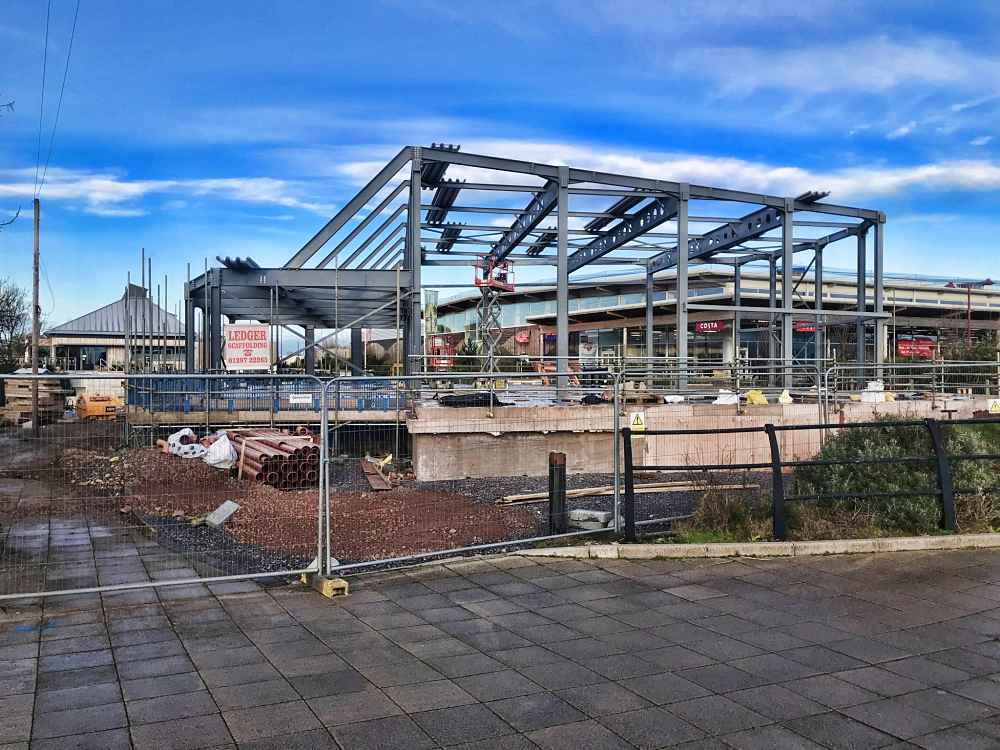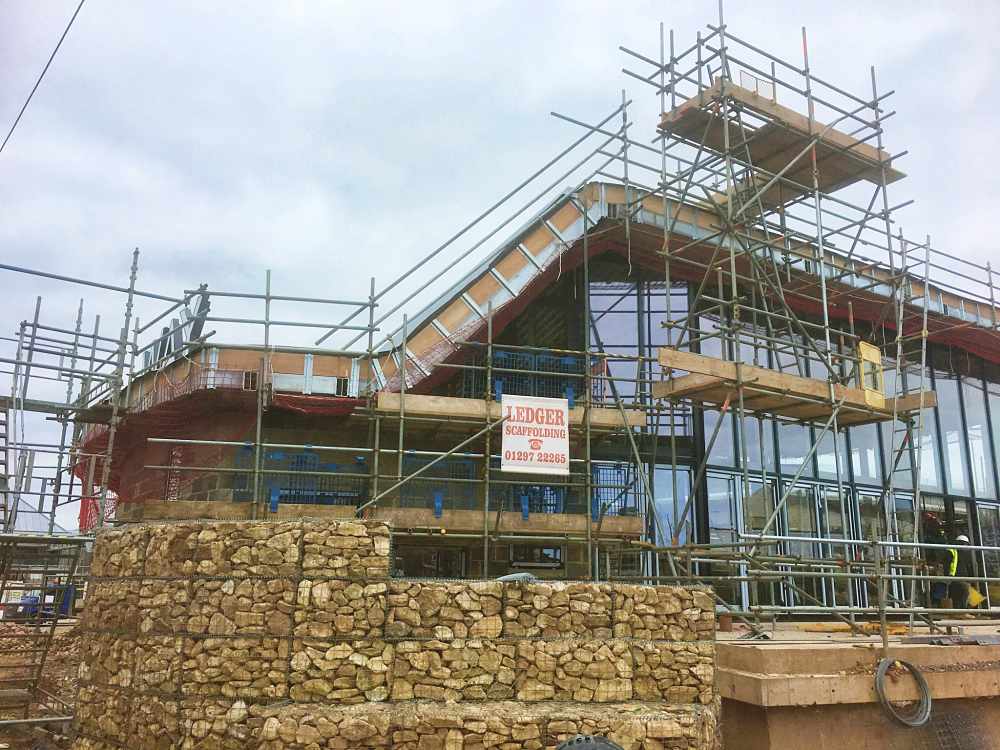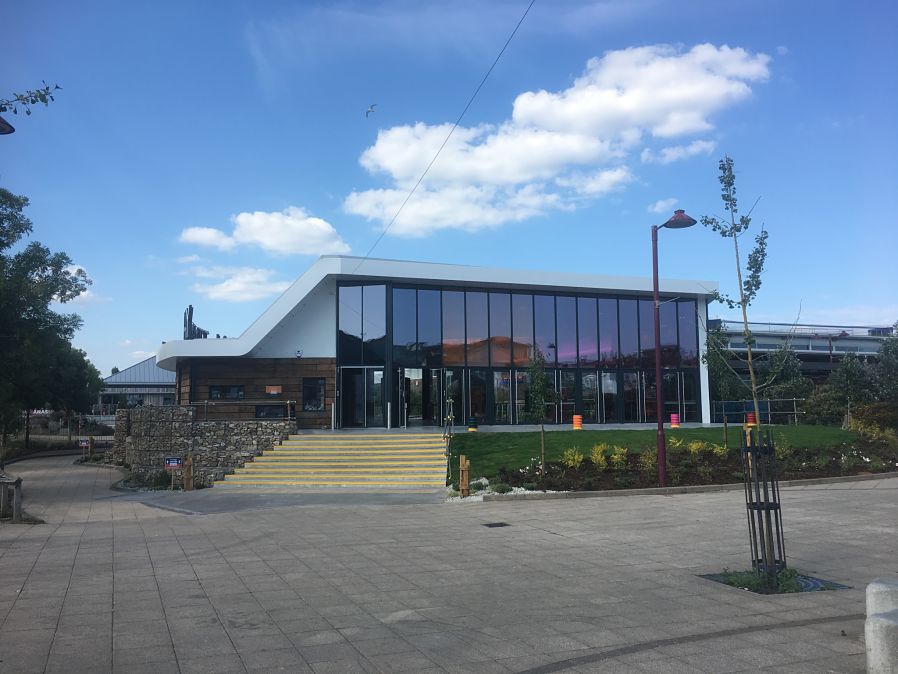Seaton Tramway – Seaton, East Devon – Henry W. Pollard & Sons Ltd.

Project Overview
Ledger Scaffolding Ltd was asked to provide the scaffolding for the brand new terminal for the Seaton Tramway, in East Devon. As part of a £3 million development, the old terminal was demolished and replaced with a state of the art terminal fit for the excelled & continued growth of Seaton Tramway. The new terminal will provide “a contemporary, all-year-round facility, café and gift shop, it will allow visitors to immerse themselves in the fascination surrounding the history and operations of the tramway before boarding a tram.” The new terminal will contain four new platforms, holding four trams every night creating a showcase to all visitors of the Tramway. The new terminal opened on 28th June 2018 with 100s of locals filling the 300 square meters of internal space to see the finished project. If you want to find out more information on the new terminal at Seaton Tramway, click here.
Client: Seaton Tramway
Contractor: Henry W. Pollard & Sons Ltd.
Contract length: 20 weeks

Challenges & Solution
The many challenges for this project were dealing with the sheer amount of trades needing to use, access and work around the scaffolding in a short period of time. From a design perspective, due to the curvature of the building on two sides, the east and west elevation scaffolds were both constructed with individual 10ft tower scaffolds that splayed around the building. Ledger Scaffolding operatives then used locking tubes to connect each separate tower, so that there was unimpeded access to the full length of each elevation, this followed perfectly in conjunction with the curvature of the building. Parts of the internal scaffolding were particularly difficult due to the dramatic sloping design of the roof. The internal scaffolds were constructed on top of RSJ steel beams suspended 4m in the air to allow full access through the main corridor for other works and as successive lifts were added, the scaffold had to be reduced in width, reducing from a traditional 6 board wide scaffold down to just 3.








